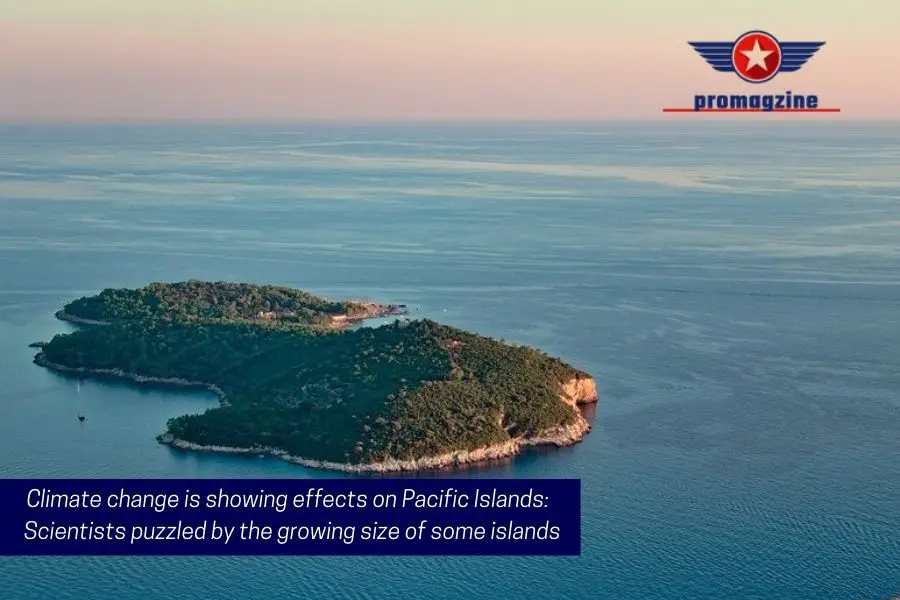Scientists found that the island’s surface area has increased by 13% since 1943. It is mainly due to a build-up of sediments from the existing coral reef. Healthy coral reefs naturally produce sediment. That is what these tiny islands are made of, said a researcher.
Some islands in the Pacific Ocean in the low line areas have long been considered some of the most affected areas to climate change, as rising sea levels pose a danger to submerge them.
But over the last ten years, scientists have been puzzled to note a strange phenomenon of some islands that are growing bigger.
A Study conducted by some scientists released last week, examined the evolution of Jeh Island, a thinly populated island which is a part of the Marshall Islands in the Pacific are made up of a chain of coral islands and volcanic rocks between the Philippines and Hawaii.
Scientists found that the island’s surface area has increased by 13% since 1943. It is mainly due to a build-up of sediments from the existing coral reef. Healthy coral reefs naturally produce sediment. That is what these tiny islands are made of, said a researcher.

These islands can be seen to grow at a time when most people and the climate change effect would suggest that they should be eroding. This was as per the study made by co-author Murray Ford, who is an expert in Pacific reef island systems from Auckland University.
Researchers from Fraser University in Canada Ford and Paul Kench, compared the island’s landmass in aerial photos from 1943 and 2015 and confirmed the island’s growth in size. They also conducted radiocarbon tests for sediment deposited on the island to find out when the coral remnants were active, and observed that the sediment on parts of the islands were deposited after 1950, which suggests that the island’s growth phenomenon is relatively new.
However, it is observed that the global sea levels have been rising. Satellite pictures and data show waters around the Marshall Islands have risen about 7mm (0.3 inches) every year since 1993, according to a Pacific Climate Change report. This is more than the global average of 2.8 to 3.6mm (0.11 to 0.14 inches) that was reported per year








